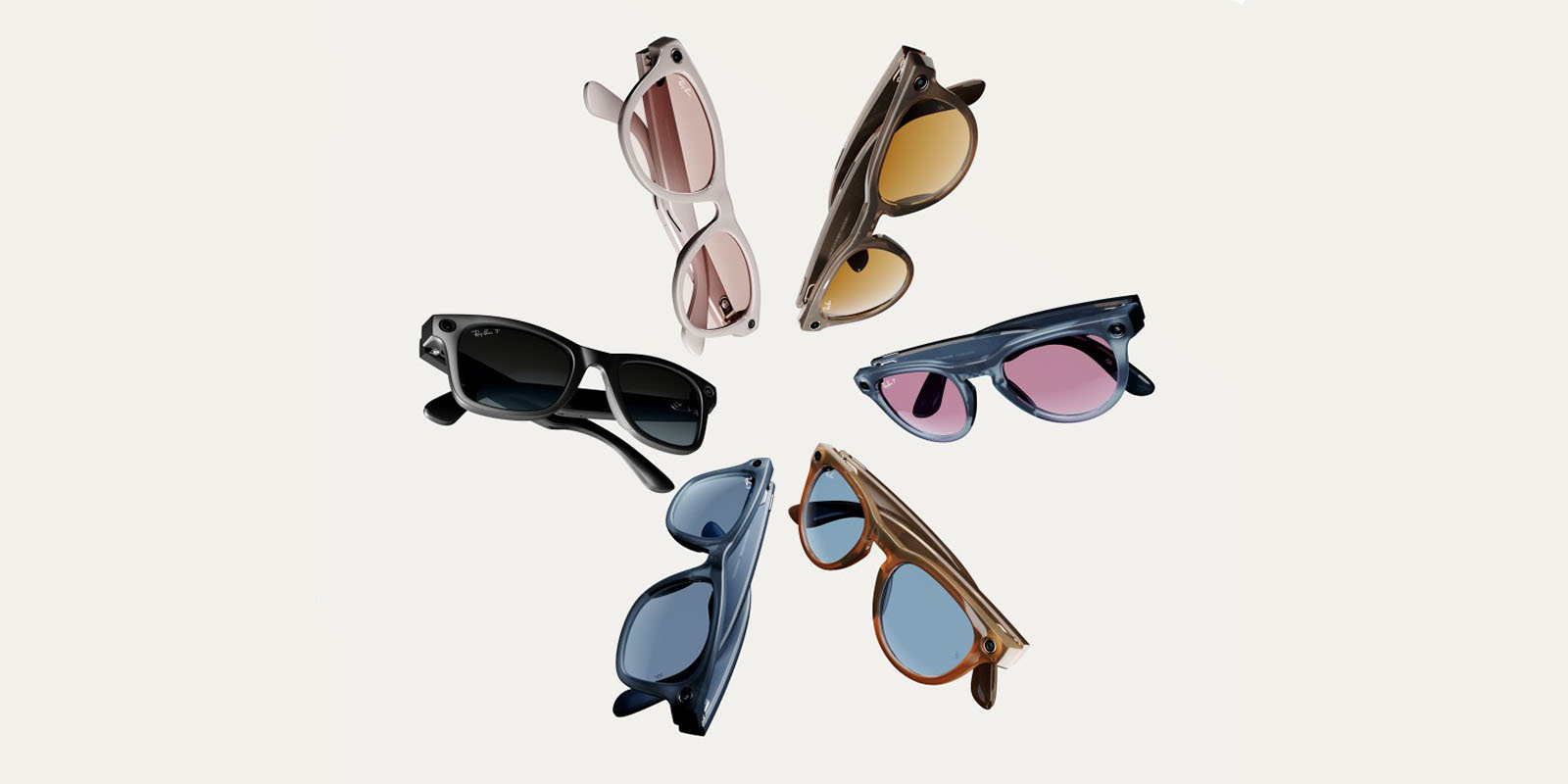
Last week, Mark Gurman reported that Apple had canceled development of its AR glasses project following some unimpressive demos for executives. With Vision Pro struggling to build its own sales momentum, on the surface AR glasses seemed like the the best path forward for Vision products. But here’s why that may not be the case—at least not yet.
Vision Pro pointed to a future that only AR glasses could fulfill
When Vision Pro launched last year, reviewers had two common critiques. They said:
- it needed to be lighter, with glasses the ideal form factor
- and it was too expensive
Other than those two issues, general consensus was that Apple had accomplished some very impressive feats with visionOS and the Vision Pro hardware.
To many, the device felt like the future—but with some present constraints holding it back.
Apple’s AR glasses project seemed like it would be the answer.
But now it’s been canceled.
Leaving many of us wondering: why?
Two potential reasons Apple Glasses aren’t coming anytime soon
When considering the prospect of Apple Glasses, there are two important factors that will prevent any such product from arriving in the near-term.
- Physical limitations
- and Apple’s other wearables
The first point is pretty simple.
Apple already struggles to make its current AR product—Vision Pro—lightweight enough for comfortable use.
AR glasses may be the dream, but are they realistic? Not anytime soon.
Once Apple can ship a Vision Pro that weighs significantly less, and doesn’t inspire medical expert-designed accessories to make it more comfortable, then and only then can AR glasses truly be on the table.
But some might say, “If Apple can’t ship proper AR glasses, why not something like a Meta Ray-Ban competitor?”
I’ve heard lots of good things about Meta’s smart glasses, and similar offerings from competitors.
The thing they all have in common though? Their functionality is largely limited to what Apple’s other wearables already offer—or could offer soon.
AirPods and Apple Watch are already massive hits, and together they can do so much of what current smart glasses offer.
Siri and ChatGPT are always available with AirPods in your ears, notifications can be announced by Siri or read on your Apple Watch, playback controls, translation, and more is on your wrist, and there are even more capabilities coming.
Multiple reports have indicated that Apple is working on adding cameras to future AirPods models—a feature that takes care of one of the only remaining advantages smart glasses have.
With existing wearables offering such functionality, there’s little reason for Apple to create smart glasses until it can include true AR support.
Apple Glasses: wrap-up
Is a day coming when we all walk around wearing AR glasses? Maybe.
But first, tech needs to advance enough to create a compelling product that spurs such a cultural shift. And by all indications, we’re years away from such change.
A less capable product, like smart glasses, could grow widespread much sooner. But if AirPods and Apple Watch can offer similar functionality, won’t most of us opt for those accessories and avoid wearing something on the face?
There’s a lot of potential in the AR/VR/headset/glasses space. But for now, Apple punting its AR glasses project makes sense.
Ongoing improvements to Vision Pro, AirPods, and Apple Watch will help the company get to the glasses dream eventually—it’s just going to take some time.
Best Vision Pro accessories
FTC: We use income earning auto affiliate links. More.




